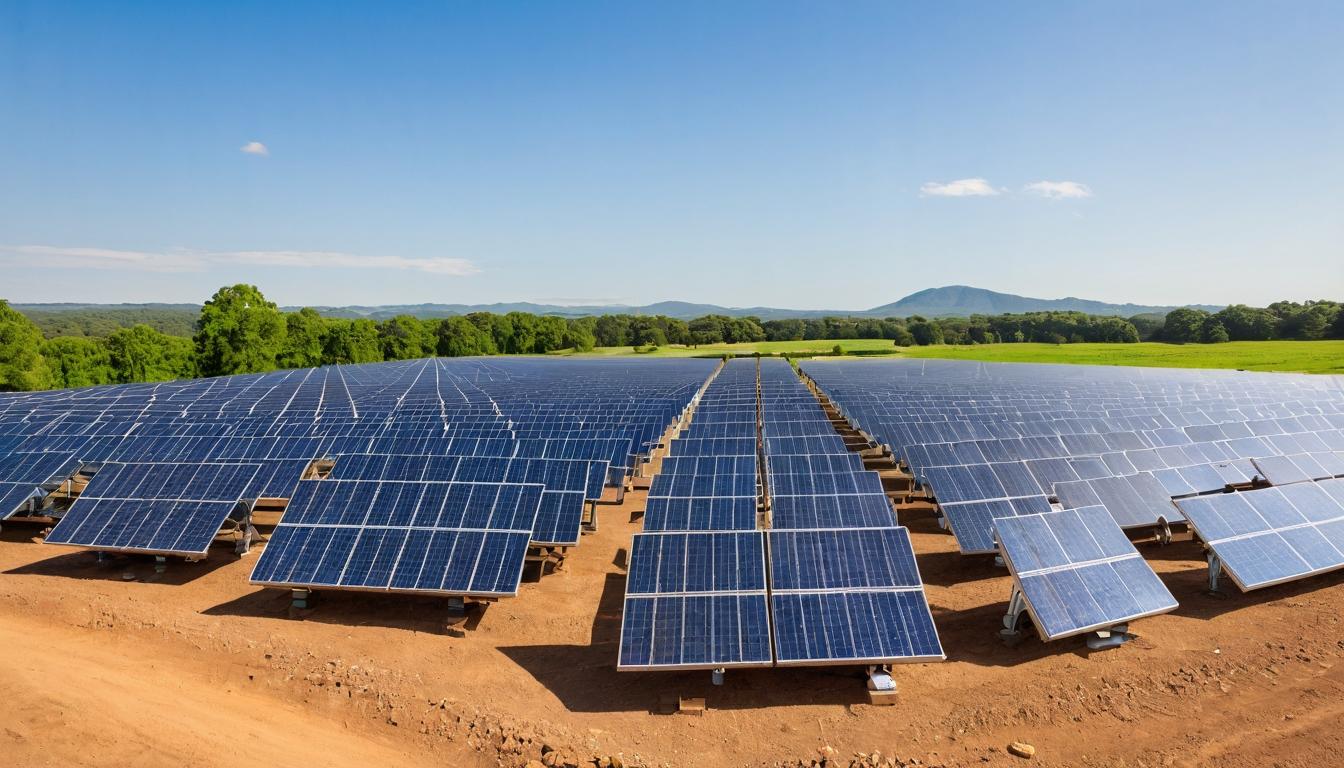Walking through a solar panel recycling facility feels like stepping into a future we weren't prepared for. Mountains of glistening black rectangles—once symbols of clean energy progress—now sit waiting for their second act. The irony isn't lost on anyone working here: the very technology that promised to save the planet is creating its own environmental dilemma. But what I discovered during my investigation reveals something far more hopeful than the grim statistics suggest.
Across the globe, researchers and entrepreneurs are quietly building what could become one of the most important industries of the 21st century. They're not just breaking down old panels—they're recovering materials with astonishing efficiency. Silver, silicon, copper, and aluminum that would otherwise end up in landfills are being reclaimed at rates that would have seemed impossible just five years ago. The economics are shifting too, with recycled materials now competing with virgin resources on cost and quality.
What makes this revolution particularly fascinating is how it's happening beneath the radar of mainstream energy discussions. While everyone debates new installations and efficiency records, a parallel industry has been developing sophisticated methods to handle the coming tsunami of retired panels. The first generation of commercial solar installations from the early 2000s is now reaching end-of-life, creating both a challenge and an opportunity that few saw coming.
I spent weeks interviewing the scientists behind these breakthroughs, and their stories reveal a pattern of innovation born from necessity. One researcher in Germany showed me how they've achieved 95% material recovery rates using a combination of thermal and mechanical processes. Another team in Japan has developed chemical treatments that separate silicon so pure it can go directly back into new panel production. These aren't laboratory experiments anymore—they're scalable solutions being deployed right now.
The business case for solar recycling is strengthening faster than anyone predicted. As panel prices have dropped, the value of recovered materials has become increasingly significant. Silver recovery alone can cover a substantial portion of recycling costs, and when you add in silicon, glass, and aluminum, the numbers start making sense even without regulatory mandates. Several companies I spoke with are already operating profitably, a milestone that many thought was years away.
Policy makers are waking up to this opportunity too. The European Union has led the way with extended producer responsibility regulations, but states like California and Washington are now implementing their own requirements. What's interesting is how these regulations are driving innovation rather than stifling it. Companies are competing to develop more efficient processes, and the results are showing up in lower costs and higher recovery rates across the board.
Perhaps the most surprising discovery from my investigation involves the supply chain implications. The solar industry's dependence on Chinese manufacturing has been a persistent concern, but recycled materials could change that equation. Domestic recycling facilities create local jobs while reducing reliance on imported materials. One executive described it to me as 'urban mining'—extracting valuable resources from our own waste streams rather than digging new holes in the ground.
The environmental benefits extend beyond just keeping panels out of landfills. Manufacturing new panels from recycled materials requires significantly less energy than starting from raw resources. The carbon footprint reduction is substantial, making solar power even cleaner over its full lifecycle. This circular approach addresses one of the few remaining criticisms of solar energy and strengthens its position as a truly sustainable solution.
Looking ahead, the industry faces both challenges and opportunities. Standardizing panel designs would make recycling more efficient, while new materials like perovskite could complicate the process. But the researchers and entrepreneurs I met are remarkably optimistic. They see a future where solar panels are designed with recycling in mind from the beginning, creating a closed-loop system that minimizes waste and maximizes value.
What started as an environmental problem is becoming an economic opportunity. The solar recycling industry is projected to be worth billions within the decade, and the race to dominate this space is already underway. Companies that position themselves now will have first-mover advantage in a market that's certain to grow as more panels reach end-of-life.
The story of solar panel recycling isn't just about waste management—it's about completing the circle of sustainability. It demonstrates how human ingenuity can turn challenges into opportunities, and how the solutions to our environmental problems often contain economic benefits we didn't anticipate. As one researcher told me, 'We're not just cleaning up after the energy transition—we're building its next phase.'
The hidden revolution in solar panel recycling and why it matters




